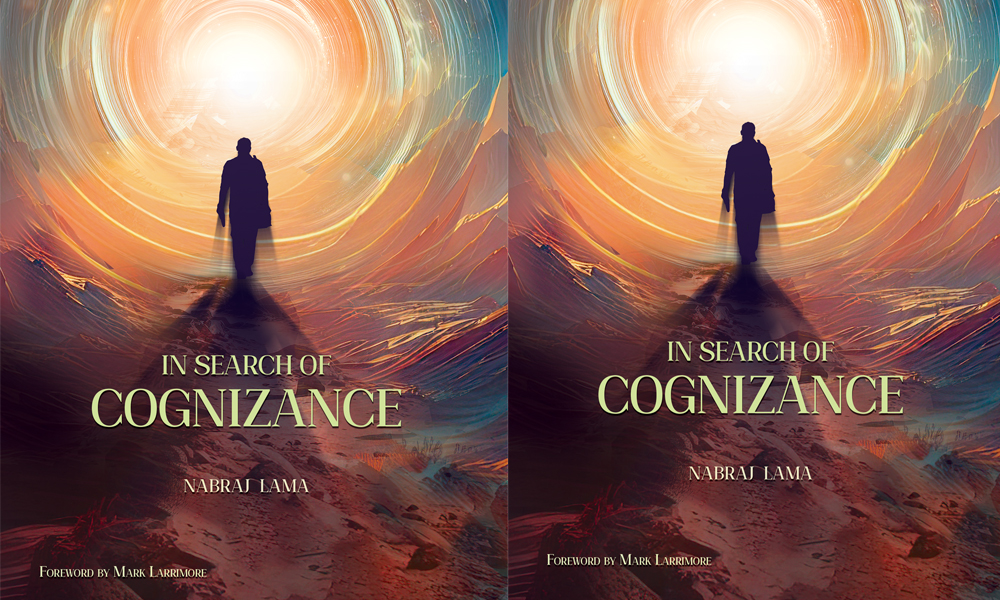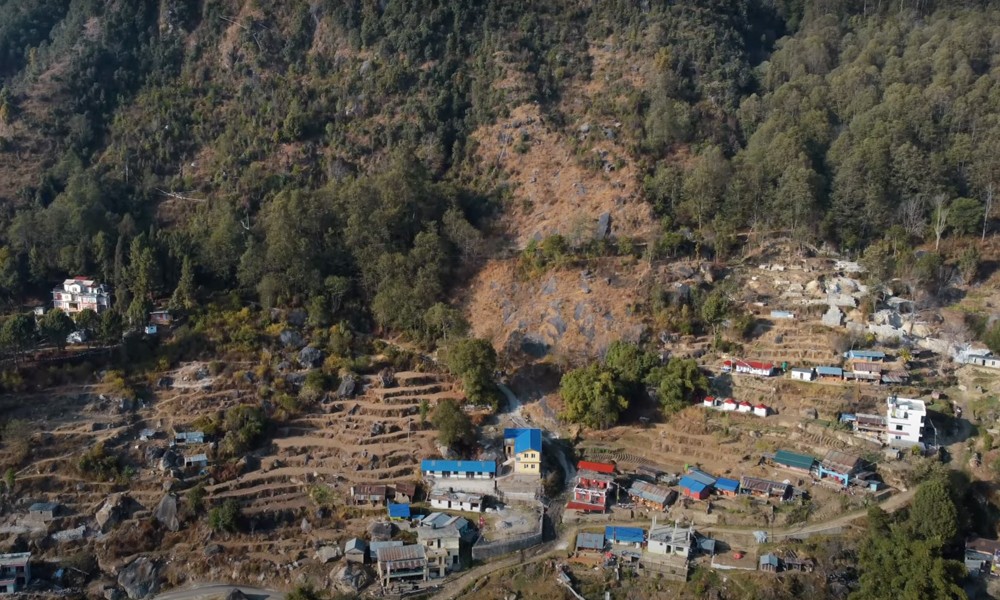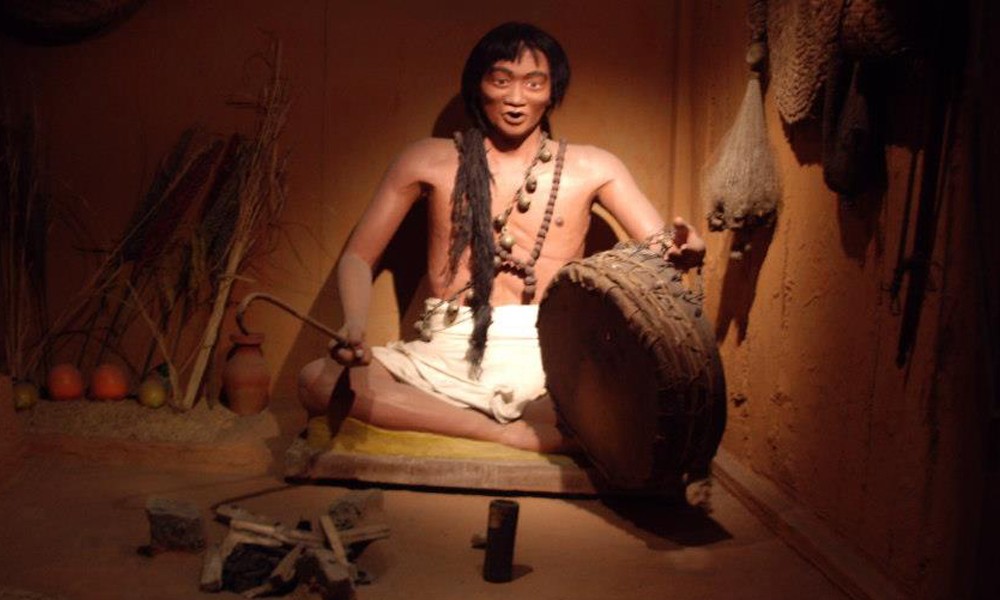"In Search of Cognizance" by Nabraj Lama, published by Shikha Books in 2024, is an evocative narrative that seamlessly blends the elements of a travelogue with profound spiritual inquiry.
Through his meticulously detailed pilgrimage to Mount Kailash, Lama not only guides the reader across the breathtaking landscapes of the Himalayas but also on a compelling journey into the depths of personal and spiritual enlightenment.
The book opens with probing questions about life's greatest mysteries—birth, life, and death—setting the tone for a narrative that is both a physical journey and a profound exploration of existence.
Lama’s journey to Mount Kailash is portrayed not merely as travel to a physical destination but as an odyssey towards deeper self-awareness and understanding of these fundamental questions. By the conclusion of the book, Lama does not claim to have found all the answers. Instead, he beautifully articulates the value these questions add to our lives, enriching the reader's perspective on their personal experiences.
Lama’s prose is both lush and precise, capturing the stark, raw beauty of the Tibetan landscape with vividness that places the reader beside him on his arduous treks.
He describes the thin air of high altitudes and the stark vistas of the mountain passes with an authenticity that only someone who has experienced them first-hand can convey. What makes "In Search of Cognizance" stand out is how these external challenges mirror the internal struggles and revelations he faces, making the landscape itself a character in his spiritual journey.
One of the most compelling aspects of Lama’s narrative is his candidness in sharing the physical and emotional challenges encountered on the journey. The author does not shy away from describing moments of doubt and physical exhaustion, which adds a layer of authenticity to his narrative.
These struggles are juxtaposed with moments of profound peace and spiritual clarity, particularly during interactions with fellow pilgrims and locals, whose faith and simple lifestyles contribute significantly to his spiritual journey.
Lama also incorporates philosophical musings that are accessible yet thought-provoking. He reflects on the nature of existence, the pursuit of inner peace, and the connections between the physical journey and spiritual understanding.
This philosophical depth is balanced with engaging anecdotes about the practical aspects of such a pilgrimage, from navigating local bureaucracies to the logistical challenges of travel in such a remote area.
Moreover, Lama’s interactions with the landscape and the people provide a window into the cultural and spiritual richness of the Himalayan region. His descriptions of rituals, monastic life, and the sacred geography of Tibet offer readers insightful glimpses into a world that remains mysterious and profoundly inspiring to many.
"In Search of Cognizance" also excels in its thematic exploration of the search for meaning in a modern world that often feels disconnected from the spiritual dimensions of life.
Lama's journey encourages readers to contemplate their own paths and the landscapes—both internal and external—that shape them. His book is not just a record of a physical journey but a guide on how to approach life’s metaphysical journeys with openness and the courage to confront one’s own vulnerabilities.
Overall, Nabraj Lama's "In Search of Cognizance" is a beautifully written, deeply thoughtful book that offers much more than the story of a trek to a holy mountain. It is a meditation on the meaning of journey, place, and self-discovery that will resonate with readers long after they turn the final page.
The book stands as a compelling invitation to all who seek to understand not just the world around them, but also the inner landscapes that shape who they are and who they might become. It is an invaluable resource for anyone who seeks to find value in life's persistent questions, aligning Lama’s experiences with the universal journey shared by us all.











